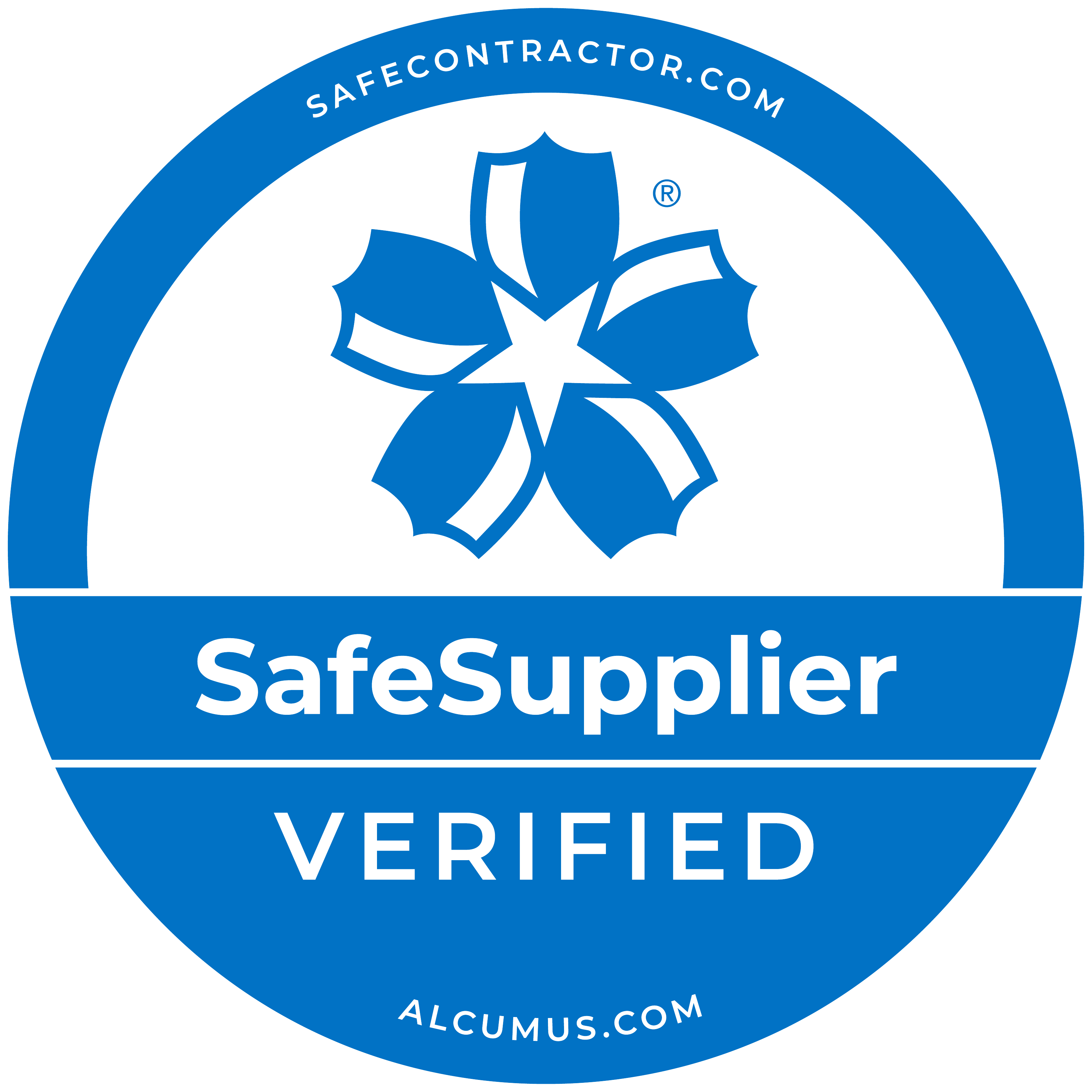
Pressure ulcer prevention in care homes can be challenging, to say the least, with many issues stemming from a lack of both resources and education.
That being said, even if you currently experience a high level of pressure ulcers in the patients under your care, there is no reason why you cannot take the necessary steps to improve practices and better safeguard your residents. Keep reading to discover how you can implement the right measures in your care home to make pressure ulcer prevention a reality rather than a pipe dream.
What are pressure ulcers?
Pressure ulcers occur when an area of skin or the tissues beneath the skin becomes damaged due to being placed under pressure or distortion because they cannot move easily.
In care homes, pressure ulcers are extremely common, especially in those with mobility issues, who are seriously ill, and those with neurological impairments.
As the name suggests, pressure ulcers are predominantly caused by pressure, but shear and friction also play a role in their manifestation.
How can I prevent pressure ulcers in my care home?
There are six core steps in the process of Pressure Care and pressure ulcer prevention.
These are:
- Carrying out a risk assessment
- Undertaking a skin assessment
- Practicing good nutrition
- Minimising skin moisture
- Repositioning
- Using support services
Let us now take a closer look at each one.
Risk assessment
Before you can start putting the right practices into place to prevent pressure ulcers, you first need to identify who is most at risk. During a risk assessment, you need to focus on who is most at risk of pressure ulcers and how you can actively reduce this risk.
Skin assessment
The nurses within your care home should feel confident carrying out a skin assessment on all your residents regularly, hopefully to prevent pressure ulcers from developing. Unfortunately, as this is not possible, by regularly assessing the skin, you can identify pressure ulcers in both their early stages and how they progress. It is recommended that all healthcare professionals use the European Pressure Ulcer Advisory Panel classification for pressure ulcers.
Nutrition
Nutrition is key in preventing pressure ulcers, so you need to supply your residents with a healthy balanced diet. Not only can malnutrition contribute to the development of pressure ulcers, but it can also slow down the healing process.
If any of your residents are identified as having a nutritional deficiency, you should offer them a nutritional supplement as part of their everyday care routine.
Minimising skin moisture
If you have any incontinent residents, you need to be vigilant of them suffering from incontinence-associated dermatitis (IAD). Both urine and faeces can cause the surrounding skin area to become sore and inflamed, leading to the skin breaking down and developing pressure ulcers.
Combat this with the use of a barrier cream, which will help protect the skin and ensure that your residents are cleaned and cared for adequately.
Repositioning
Older adults are more at risk of pressure ulcers as their ageing skin is more vulnerable to pressure damage. As well as ensuring that they are sleeping on high-quality pressure care mattresses, it is also vital that you reposition them regularly to help minimise both discomfort and the development of ulcers.
Residents who have long-term conditions such as heart failure, renal impairment, and chronic respiratory diseases are more at risk as these conditions affect tissue oxygenation.
Support services
As briefly mentioned above, having the right mattresses in your care home is crucial in your fight against pressure ulcers, helping relieve and redistribute pressure to prevent tissue damage. This is even more essential in residents who are bed-bound and not able to move around very often.
For those who have good mobility, appropriate seat cushions should be provided.
If you are serious about preventing pressure ulcers in your care home, you need to make sure that all your nurses and staff members are on board with your prevention plan moving forwards. You need to make sure that they are equipped with the right tools and information to carry out their jobs as carers properly and feel able to come and talk to you about any issues or concerns they have.
If you need further advice on preventing pressure ulcers in your care home, NICE offers specific recommendations on risk and skin assessment and care planning. They also provide a wide range of tools and resources that can be easily adapted to suit the needs of your care home and its patients.



















